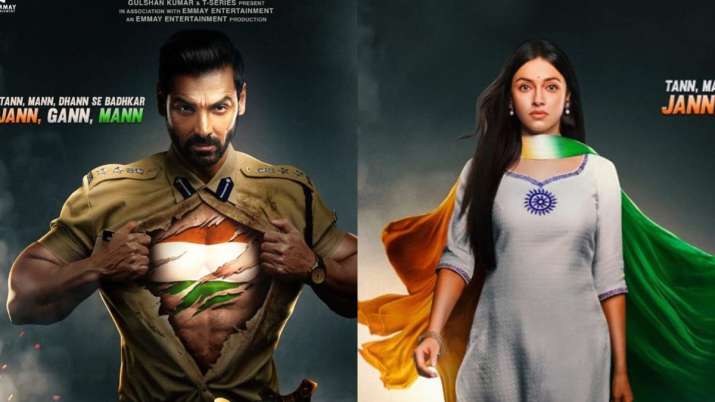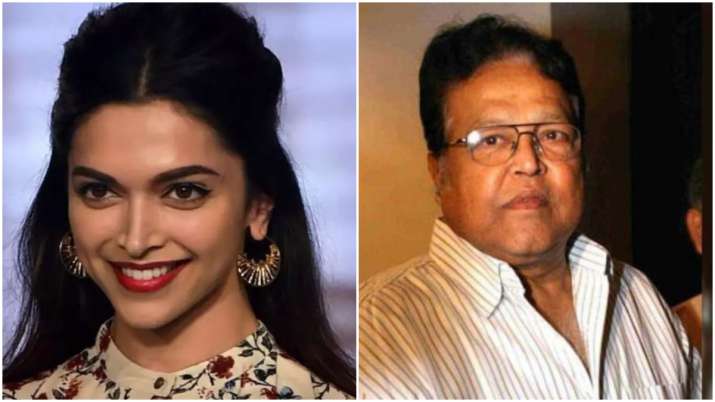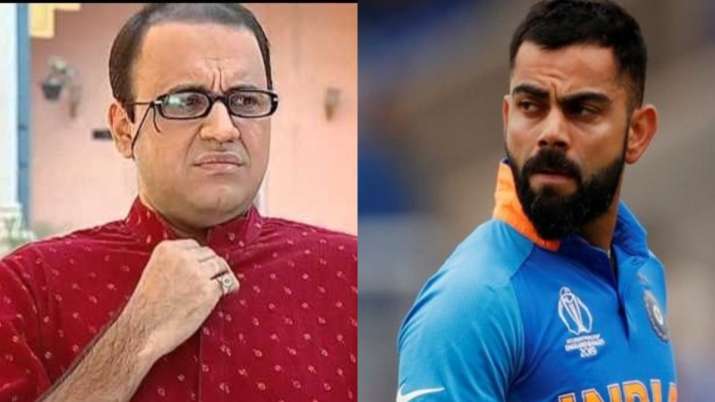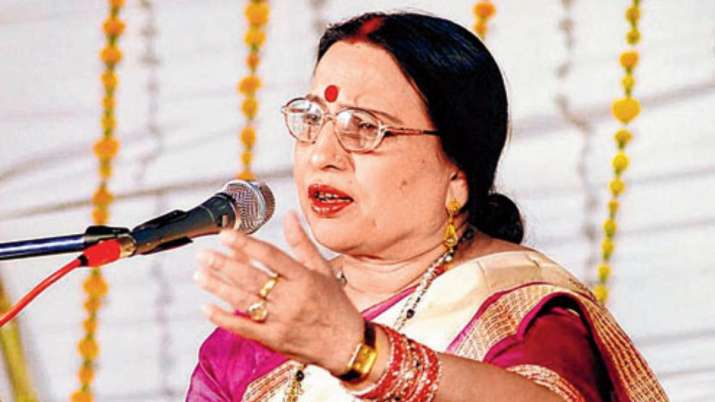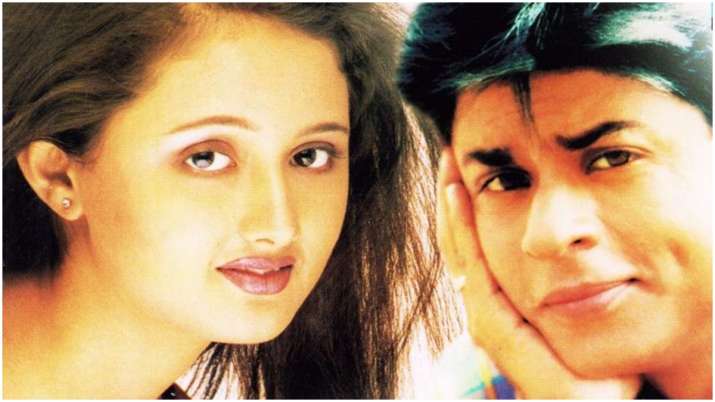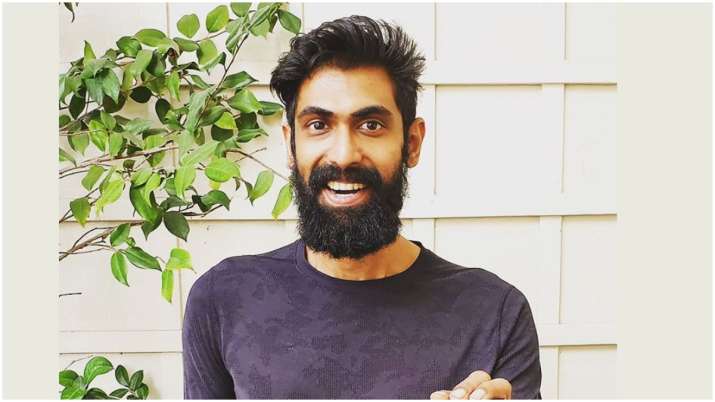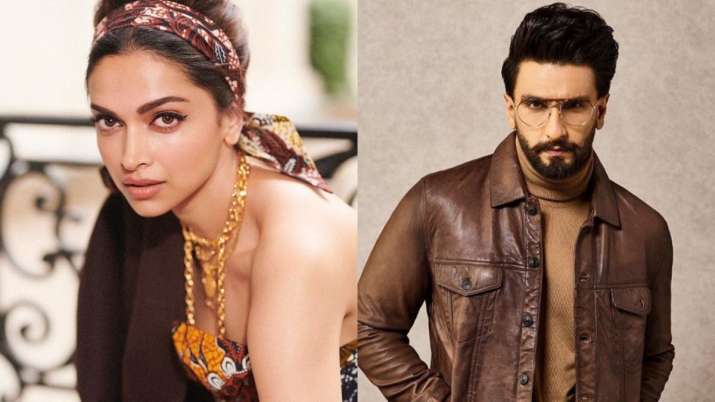The most current nation-wide estimation of the tiger population in India was released by PM Narendra Modi on International Tiger Day (29 July) this year. The Status of Tigers in India Report, 2018 reveals that there are an estimated 2,967 tigers in the wild in India — 33 percent higher than the number of tigers counted in 2014, and double that of the 2006 population. While that's undoubtedly good news, there are many important things the numbers belie, and nuances that tell a story that's complex and far less rosy.
The tiger census required 44,000 field staff, 6,00,000 human-days, 5,23,000 kilometres in walking rotas, 3,18,000 habitat surveys, 26,800 camera trap locations spanning across 3,81,000 km of forest in India. The result? Only 35 million photographs of wildlife, of which 76,523 captured tigers in the wild.
India is home to 75 percent of the 3,500 tigers scattered across 13 tiger-range countries: Bangladesh, Bhutan, Cambodia, China, Indonesia, Lao, Malaysia, Myanmar, Nepal, Russian Federation, Thailand, and Vietnam. In 2010, an agreement was signed by these countries, with a shared goal to double the global tiger count by 2022. India appears to be close to accomplishing this doubling of its tiger population. For the most sizeable tiger population in the world, that's fantastic news — isn't it?
A Bengal tiger practises his growl. Image credit: Ajay Suri
Do the numbers matter?
"Doubling" of tiger numbers isn't a scientific or ecologically useful measure of anything, says Anish Andheria, President of Wildlife Conservation Trust (WCT), a not-for-profit organization that works in and around 160 protected areas and many critical wildlife corridors in 23 states, one in five "Protected Areas" and most key tiger reserves in the country. "If you start out with a small population of, say, four tigers, it would be relatively easy to "double" their population size, wouldn't it?" So, a global resolve to double tiger numbers will mean different things for different countries based on the starting population size. In fact, countries who have a mediocre track record of conserving tigers and have smaller tiger numbers will be able to double their tiger populations much faster than the ones who are doing a lot, he added.
Still, according to Andheria the new report does validate something we already know: that India's tiger population has recovered phenomenally over the past few decades.
Mounting on old successes
States that have worked towards conserving tigers have also shown the best outcomes: Madhya Pradesh, Karnataka, Maharashtra and Uttarakhand have the leading tiger number counts as per the 2018 estimation. In the context of conservation, these were the States in which tigers were given more consideration and care. There weren't unexpected increases in tiger counts in other States. Some, like Chattisgarh and Odisha, even saw their tiger numbers decline since 2014.
States in the Northeast have dense forests and intact corridors — the perfect playground for tigers. However, barring Assam this shift isn't something the government has acted on or prepared for.
Not out of the woods just yet
Conservation efforts have paid off despite numerous hurdles to the safety of wildlife, tigers in particular, in India. When large chunks of forests get denotified for development projects, it is also important to study the forest's fringes. If you were a farmer or resident in a forested also home to tigers, you're likely to respond to a tiger sighting by calling the Forest Department, protecting your family and belongings under any cost, or taking matters into your own hands.
Tiger numbers in India over the past few years. Image: NW18 Creative
Unfortunately, there isn't a rapid response system to attend to these human-tiger interactions in remote areas, giving locals enough time to panic or consider taking matters into their own hands, says Andheria. Securing their property and family and avoid repeated confrontations with a tiger in the area is the best-case scenario in a confrontation — and there's little risk in poisoning sacrificial cattle to douse the situation. In recent years, forest officials and researchers have seen a surge in electrocution incidents along the fringes of forests and tiger reserves. Farmers and residents living in the forest outskirts fence their fields with live wires by tapping into 11 kV power lines. Wandering hyenas, elephants, leopards and tigers are known to fall victim to these traps, and die on the spot, he added.
If human-tiger encounters/incidents are already higher than they ought to be today, they are bound to get worse as the tiger population further increases. Assessments reveal that some 25 percent of tigers are now living outside the protected areas. Conflict between tigers and humans from different parts of the country lends credence to the idea that India is already coping with a limited (societal) capacity to host tigers in the wild.
However, that can change. Capacity can grow if the funding and management of tiger habitats by the Forest Department are put under a scanner, with a renewed focus to manage and protect large landscapes rather than just the protected areas, to support a tiger population that is less likely to get into conflict .
A Royal Bengal Tiger taking a beat.
Running out of tiger 'capacity' isn't that simple
Capacity simply refers to the maximum amount of something that an area can contain. For wildlife, this limit is based on the ecological needs of a particular species, says Andheria. For tigers, it is limited by a few things in particular:
- The quality of the habitat and space each tiger has to move about,
- The availability of water and adequate prey
- The threats and pressures put on a tiger population, including societal threats like electrocution or poisoning
- The ability of a cub to survive until its reproductive age
- The dispersal of new tigers into new forests
Biologically and scientifically speaking, well-maintained forests in India can potentially support 10,000+ tigers, Andheria says. Funding has been pumped into areas that are tiger-saturated, which has benefited other wildlife too. Kaziranga's success as a tiger reserve has a lot to do with the support and attention it received from its main celebrity: the one-horned rhino. Of the 50 tiger reserves in the country, 18-20 reserves have the "optimal" number of tigers. Other potential areas are starved of funds.
"India (has) 300,000 sq km of potential tiger habitat which can support 10,000 to 15,000 tigers. From about 2,000 tigers 50 years go, India now has about 3,000-3,500…doubling to 6,000 tigers say by 2022 does not seem realistic," Ullas Karanth, director for Science-Asia, Wildlife Conservation Society, told Mongabay.
But there's something equally important to factor in — societal capacity, the tolerance people have towards chance encounters with a tiger. This, for the time being, is one of the biggest factors limiting the capacity of India to house any more tigers, says Andheria.
Camera Trap Images. Image: Status of Tigers in India Report 2018
Flawed methodology?
Independent researchers have questioned the numbers stated in the report, calling it out as unreliable and unscientific.
"...the claims of a 58 percent tiger population rise in India over the past 8 years [from 2006-2014] based on estimates from the three National Tiger Estimate surveys lack reliable scientific support," a study by K Ulhas Karanth from the Centre for Wildlife Studies, Arjun Gopalaswamy and Mohan Delampady from the Indian Statistical Institute and Professor Nils Stenseth from the University of Oslo, reads, currently under review. A flawed research methodology is being used by the WII, knowing that the tiger numbers that result from it are exaggerated, in the view of the researchers.
The "2,967 tigers" figure, for one, is an estimate — the upper limit in a range. The unique tiger individuals tallied in the census was 2,600. A fairly large margin of error accompanies the current counting methodology. Moreover, the overall numbers could be inflated from a change in the age of tiger cubs counted in 2018 vs 2014. Till the previous tiger estimation exercise in 2014, cubs younger than 18 months were left out of the count. The 2018 estimation exercise counted cubs 12 months and older.
Top predator, good indicator
We've known tigers are the king of the jungle — an apex predator. True to storybooks, tigers are important animals — crucial to the health and diversity of an ecosystem. Their place at the top of the food chain keeps the population of wild large mammals in check, maintaining the balance between herbivores like deer and the vegetation they feed on, like forests. Tigers, therefore, are an excellent indicator of how healthy an ecosystem is. Declining tiger numbers or the threat of its extinction indicated that the ecosystem isn't protected enough, and probably won't survive for much longer, says Andheria.
Conclusion
The forest department has played a significant role in pulling the tiger out of the brink of extinction. The species, despite being endangered, seems to be in a far better situation than it was in the late 1990s, according to Andheria. Something has definitely worked right in India's tiger conservation efforts, however, "going forward, the government will have to focus its attention on resurrecting the tiger reserves of Odisha, Chhattisgarh, Telangana, Bihar, Arunachal Pradesh, West Bengal and Mizoram," he adds. "In states where tigers are doing well currently, emphasis will have to be laid on strengthening corridors and forests outside the tiger reserves".
A tiger stalks his prey.
"When large carnivores and humans share the same habitat, there are bound to be some interactions between the two, especially because forests have shrunk progressively over the last century, while human and livestock densities have gone up. Uncontrolled cattle grazing has had a huge impact on tiger prey, such as deer and gaur across forests outside India’s protected areas. As a result, dispersing tigers and tigers that reside outside tiger reserves are forced to prey upon cattle, which in turn angers people. Repeated incidence of cattle lifting has soured the relationship between local communities and the forest department. Thus, tourism should be used to fuel the economy of communities who share their backyards with tigers. If people’s incomes are directly linked with tigers and forests, there is no doubt that both forests and tigers will be safe in India for long," Andheria further emphasises.
Today, land holdings are very small, and farming in forested areas is not profitable any longer. By tweaking existing policy slightly, farmers can be incentivised to form farmer groups and move from traditional crops to agroforestry. Not only will forests come back (and stronger), but the overall biodiversity will also be enriched, automatically improving soil quality, and eventually, the water cycles in these expansive landscapes.
Another change Andheria recommends to help tigers and people coexist with less friction is agroforestry woven into nature- and cultural-tourism. This system can build a positive loop that can resurrect the economy and ecology of large rural landscapes without tigers or humans losing their lives.
from Firstpost Tech Latest News https://ift.tt/2o4MHnF

